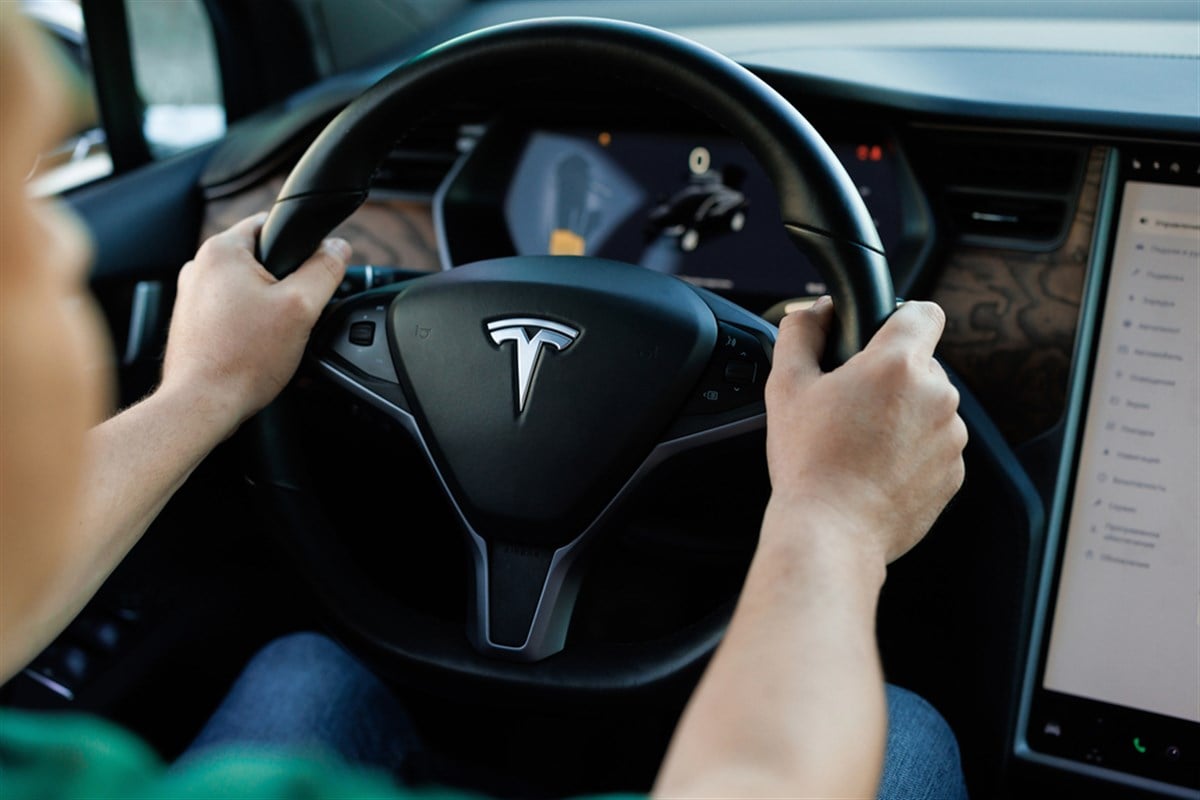
Two pieces of important news recently came out regarding the world of robotaxis. The first comes from EV industry leader Tesla (NASDAQ: TSLA). The company recently received a permit from the state of California. It is the next step toward the company operating its robotaxi service in the state.
The second piece of news comes from Lyft (NASDAQ: LYFT), the second largest player in ride-sharing behind Uber Technologies (NYSE: UBER). The company plans to offer its driverless ride-hailing service as soon as this summer. Is the permit approval a significant positive development for Tesla shares, or smoke in the wind? Additionally, is Lyft now better positioned versus Uber in the robotaxi battle?
The details of these important developments are outlined below.
TSLA: Permit Approval Marks First Step in Long Journey for CA Robotaxis
[content-module:CompanyOverview|NASDAQ:TSLA]The California Public Utilities Commission (CPUC) has approved Tesla’s application for a transportation charter-party carrier permit (TCP). This means the company can now operate its own fleet of cars to transport its employees around the state. It doesn’t allow them to give rides to non-employees. Additionally, when transporting employees, a human will still need to be operating the vehicle.
Although unremarkable, this permit approval is an important prerequisite for the company's launch of its autonomous ride-hailing service in the Golden State. However, it still has much work to do. Tesla now needs to get approved for the transportation network company (TNC) permit from the CPUC.
This would allow it to operate an app-based ride-hailing service for the public like Uber and Lyft. However, to operate an autonomous fleet, it will need multiple more permits from the California Department of Motor Vehicles and the CPUC. The company has yet to apply for any of these.
In the company’s Q3 2024 earnings call, Elon Musk stated that the company expects to roll out ride-hailing in California in 2025. While this could still be possible, progress appears relatively slow. Overall, this news doesn’t massively change the calculus when it comes to shares of Tesla.
However, it is a step in the right direction. All eyes will remain on the company’s ambitions to roll out autonomous ride-hailing in Austin, Texas, this June. The success or failure of this launch will likely have significant implications for the company’s autonomous ride-hailing plans in other states. It wouldn’t be surprising to see California watch how things play out in Texas before moving forward.
LYFT: Breaking Down Robotaxi Positioning Versus Uber
[content-module:Forecast|NASDAQ:LYFT]Lyft plans to roll out autonomous vehicles on its ride-hailing platform as soon as this summer. The company is playing catch-up with its biggest competitor, Uber. In partnership with Waymo, Uber began offering autonomous ride-hailing services through its app in early March this year. The service is being exclusively offered in Austin, Texas right now. The fact that Lyft is behind Uber in this area isn’t a particularly encouraging sign.
The company already has significantly less market share than Uber when it comes to standard ride-hailing. Last quarter, Uber saw $22.7 billion in gross mobility bookings, compared to just $4.3 billion for Lyft. That is around an 84% market share for Uber and just 16% for Lyft.
Now, the company plans to launch its ride-hailing service three to six months after Uber. An additionally concerning sign is the fact that Lyft plans to launch the service in Atlanta, the second city where Uber's service will launch. Given the general lead in market share that Uber has, it could be difficult for Lyft to gain traction in the Atlanta market.
[content-module:Forecast|NYSE:UBER]Another consideration is the companies that Uber and Lyft are partnering with. Many consider Waymo to be the leader in the autonomous driving industry. The company is reportedly valued at $45 billion. It also has backing from Alphabet (NASDAQ: GOOGL), one of the largest and most cash-rich companies in the world. Meanwhile, Lyft is partnering with May Mobility, a relatively unknown startup. May Mobility is far from a small fish. Estimates say the company had a valuation of between $1 billion and $10 billion in 2023. However, it does have significantly less experience in giving autonomous rides compared to Waymo. The firm has completed 400,000 autonomous rides, while Waymo completed 4 million in 2024 alone.
Overall, it is good to see Lyft making strides to stay in the race with Uber. However, Uber appears to have the advantage in nearly every way in this robotaxi battle. Betting on the leader in this space makes more sense.
Where Should You Invest $1,000 Right Now?
Before you make your next trade, you'll want to hear this.
MarketBeat keeps track of Wall Street's top-rated and best performing research analysts and the stocks they recommend to their clients on a daily basis.
Our team has identified the five stocks that top analysts are quietly whispering to their clients to buy now before the broader market catches on... and none of the big name stocks were on the list.
They believe these five stocks are the five best companies for investors to buy now...
